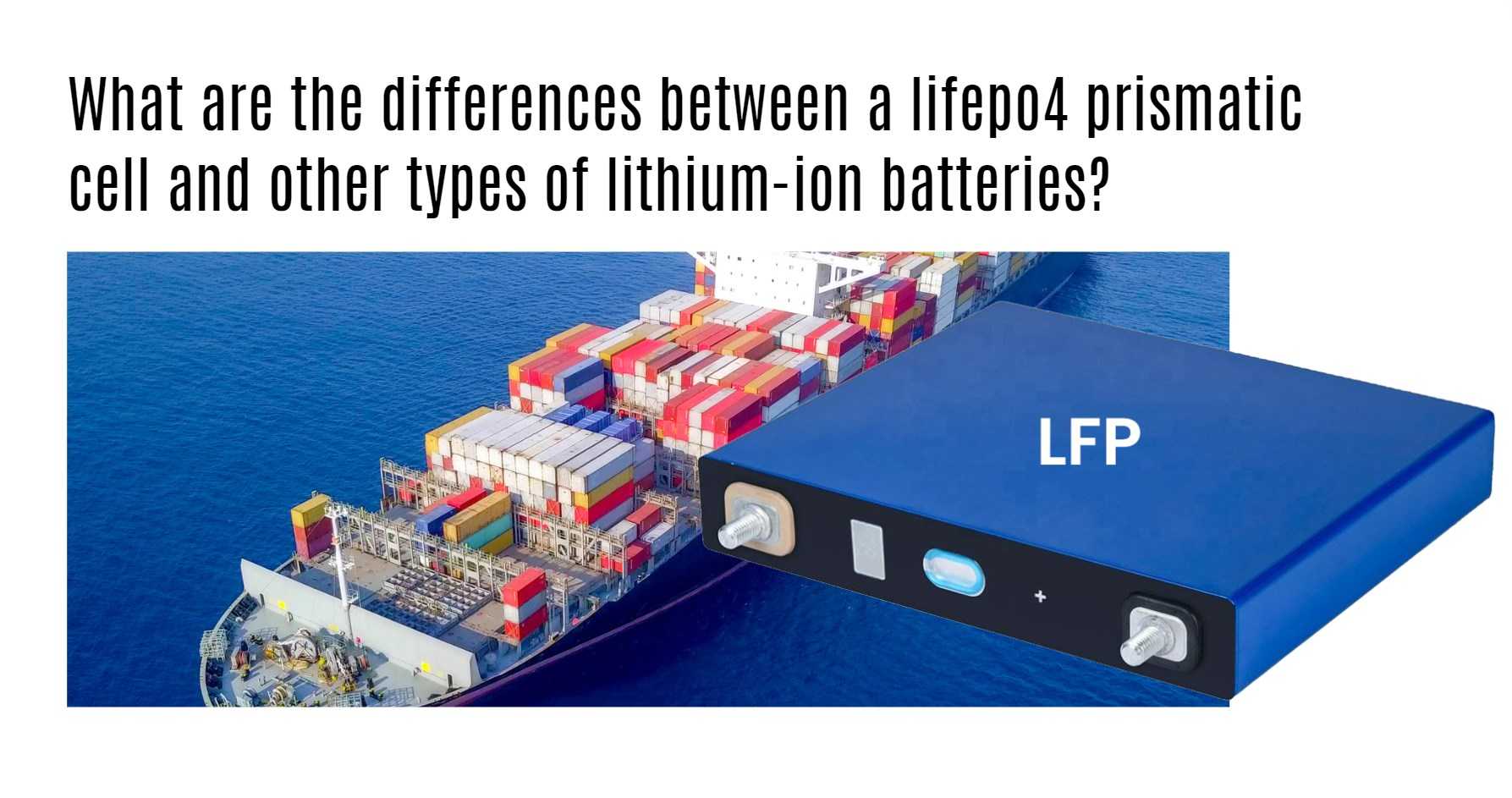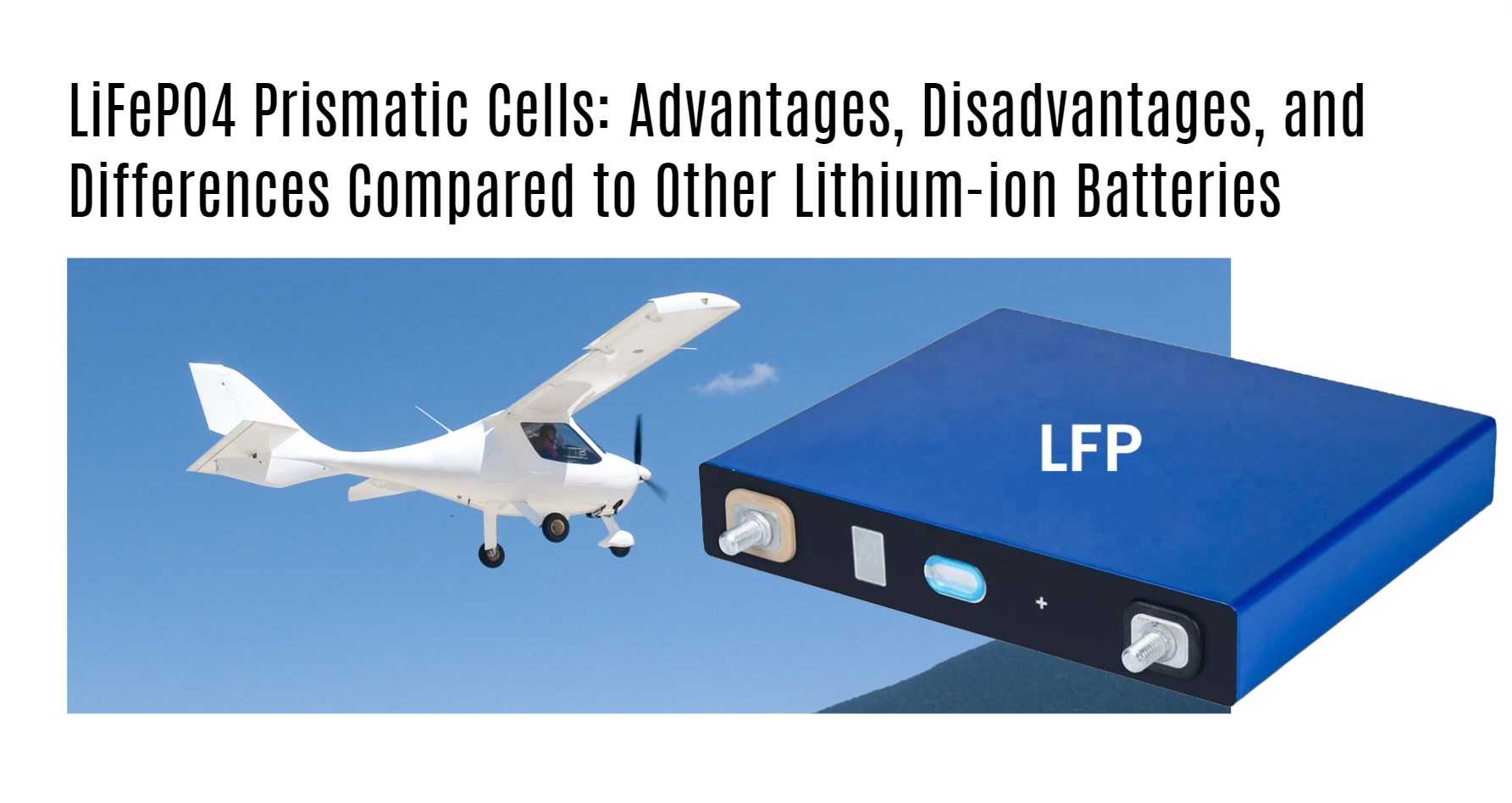Are you in the market for a new lithium-ion battery? With so many options available, it can be overwhelming to decide which one is right for you. One type of lithium-ion battery that has been gaining popularity recently is the LiFePO4 prismatic cell. But what exactly sets this type of battery apart from others on the market? In this blog post, we will explore the differences between LiFePO4 prismatic cells and other types of lithium-ion batteries, as well as their advantages and disadvantages. So sit back, relax, and let’s dive into the world of LiFePO4 prismatic cells!
What is a lifepo4 prismatic cell?
A LiFePO4 prismatic cell is a type of lithium-ion battery that uses lithium iron phosphate as its cathode material. This gives the battery several advantages over other types of lithium-ion batteries, including improved safety and longer lifespan.
The term “prismatic” refers to the shape of the cell, which is rectangular with flat sides and no curves. This makes them ideal for use in applications where space is limited, such as electric vehicles or portable electronic devices.
Compared to other lithium-ion batteries on the market, LiFePO4 prismatic cells have a higher energy density, which means they can store more energy per unit volume. They also have a lower self-discharge rate than other types of lithium-ion batteries, meaning they can hold their charge for longer periods without losing power.
LiFePO4 prismatic cells are an excellent choice for those who prioritize safety and longevity in their battery selection. While they may be slightly more expensive upfront than other options on the market, their extended lifespan ultimately makes them cost-effective in the long run.
What voltage do LiFePO4 prismatic cells use?
-
Voltage of LiFePO4 Prismatic Cells: LiFePO4 prismatic cells operate at a nominal voltage of 3.2 volts per cell. This voltage is specific to LiFePO4 prismatic cells and differs from other lithium-ion battery chemistries.
-
Flatter Discharge Curve: Unlike traditional lithium-ion batteries, LiFePO4 prismatic cells have a flatter discharge curve. This means that the voltage remains relatively consistent as the battery discharges, ensuring a more stable power output throughout its life.
-
Safety Considerations: LiFePO4 prismatic cells are considered safer than other lithium-ion batteries due to their lower operating voltages and higher thermal stability. The lower voltage reduces the risk of voltage drops that can damage devices, while the higher thermal stability minimizes the chances of thermal runaway or combustion.
Is LFP and LiFePO4 the same?
-
LFP and LiFePO4: LFP stands for lithium ferro phosphate, while LiFePO4 stands for lithium iron phosphate. LFP is a specific type of LFP battery, while LiFePO4 refers to the specific composition of lithium iron phosphate.
-
Composition: LiFePO4 batteries use iron phosphate as their cathode material, offering high power density and a long lifespan. On the other hand, LFP batteries use a combination of iron and phosphate, which may result in different performance characteristics.
-
Application Considerations: The choice between LFP and LiFePO4 depends on the specific needs of the application. LiFePO4 batteries are known for their high power density and long lifespan, making them suitable for electric vehicles and renewable energy systems. LFP batteries may be preferred for their safety and stability, making them a suitable choice for certain applications.
What type of cell is LiFePO4?
LiFePO4 stands for Lithium Iron Phosphate. It is a type of lithium-ion battery that offers several advantages over other battery chemistries. LiFePO4 batteries have a longer life cycle, higher safety, higher discharge capacity, and less environmental impact compared to standard lithium-ion batteries. They are commonly used in applications such as electric vehicles, power tools, solar power systems, UPS systems, and more. LiFePO4 batteries deliver high power density and are ideal for powering energy-intensive devices. They are also quickly replacing lead-acid and traditional lithium-ion batteries in various applications.
What are the differences between a lifepo4 prismatic cell and other types of lithium-ion batteries?

What is the downside of LFP battery?
While LiFePO4 prismatic cells have several benefits over other types of lithium-ion batteries, they do come with a downside. The biggest drawback is their lower energy density compared to other lithium-ion batteries. This means that LFP batteries need larger and heavier packs to store the same amount of energy as other types of lithium-ion batteries.
However, this downside can be mitigated by using LFP batteries in applications where weight isn’t a concern, such as stationary storage for solar panels or electric vehicles like buses and e-bikes. Additionally, their longer lifespan and safety features make them ideal for these applications.
LiFePO4 prismatic cells are an excellent choice for many applications due to their high cycle life, fast charging capabilities, low maintenance requirements, and exceptional safety features. As technology advances further into renewable energy sources like solar panels or electric vehicles’ usage time will increase rapidly; therefore the demand for higher performance battery solutions will also grow exponentially which makes LiFePO4 prismatic cell an attractive solution moving forward!




